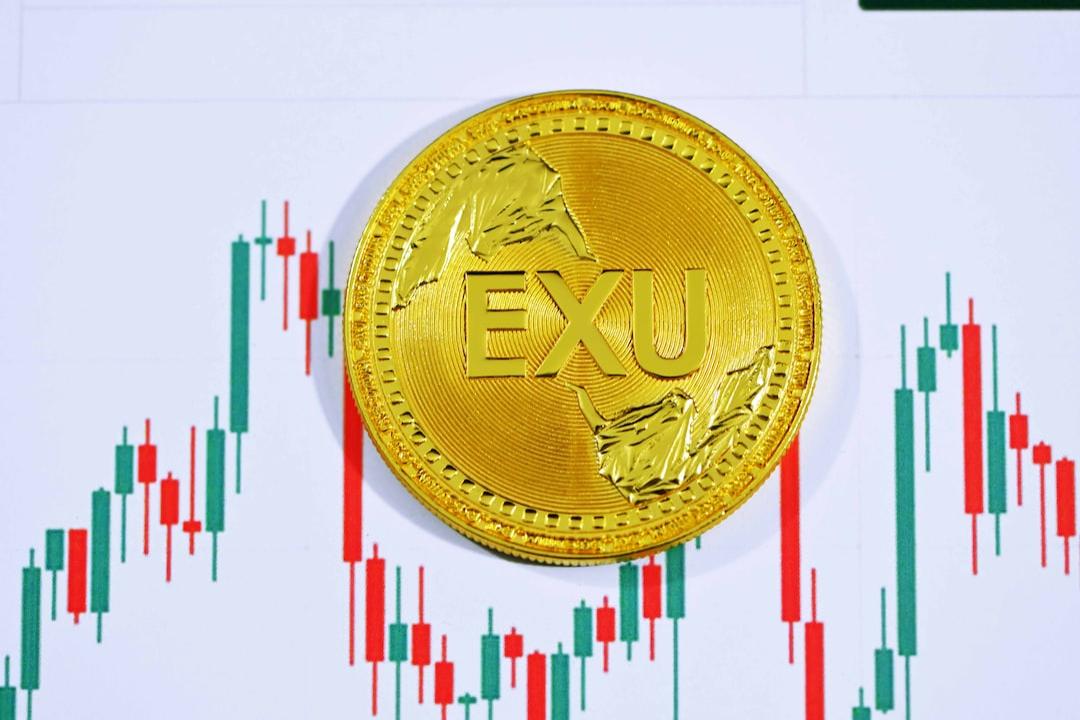A potential decrease in the influx of funds to spot Bitcoin exchange-traded funds (ETFs) and a significant number of unrealized gains from traders could result in a bearish trend for the Bitcoin price following the upcoming halving event.
Julio Moreno, the head of research at CryptoQuant, believes that the unrealized profits from Bitcoin’s recent rally are increasing selling pressure. If there is a slowdown in the inflow of funds to spot Bitcoin ETFs in the coming months, it could further intensify the pressure on Bitcoin prices.
CryptoQuant’s net unrealized profit and loss (NUPL) indicator supports this analysis. A warning sign is indicated by the 0.7 mark on the indicator, suggesting that Bitcoin investors may be ready to cash in their profits, leading to a decrease in prices and an increase in selling pressure.
On March 17, the NUPL indicator reached 0.606, a 0.41% increase from the previous 24 hours, despite recent corrections in BTC prices.
Moreno stated that two factors could contribute to a bearish view on prices: a slowdown in ETF Bitcoin purchases and traders entering the halving event with significant unrealized profits, making it highly likely that they would sell to capitalize on their gains.
On March 14, Bitcoin ETFs experienced one of their lowest net inflow days, with only $132 million in net activity. This was the lowest level in eight trading sessions and an 80% decrease from the previous days.
However, a potential downward trend may not be as severe as previous bear markets. James Butterfill, the head of research at CoinShares, believes that institutional investors typically engage in portfolio rebalancing strategies, which could mitigate volatility rather than exacerbate it.
During the last bull market in 2021, volatility reached 120%. Currently, it is only at 45%, and prices have surpassed all-time highs. Butterfill attributes this to the dampening effect of portfolio rebalancing.
Bitcoin ETFs have been in high demand thus far. The cumulative net inflows into these crypto products surpassed $12 billion on March 15, and industry experts anticipate further demand as brokerage firms expedite due diligence to offer clients Bitcoin ETFs.
As miners brace for the impact of the halving, capital flowing through Bitcoin ETFs is offsetting the negative price effects of miners’ sales.
The halving event reduces the reward for mining new blocks by 50%, leading to a decrease in the rate at which new Bitcoin are generated. This year’s reduction will decrease Bitcoin miner rewards from 6.25 BTC to 3.125 BTC per block.
However, the cost of mining remains the same or may even increase as miners typically enhance their operations to maintain profitability after the event. CoinShares predicts that the average cost of production for crypto miners post-halving will be $37,856.
Butterfill suggests that investor concerns for miners surrounding the halving can be seen in the price performance of miners this year. However, he believes that many miners are being unfairly judged, as the average costs to mine Bitcoin vary significantly, and those with higher costs seem to be affected more severely.
Historically, miners have sold more of their BTC reserves before the halving to maximize profits, and 2024 will likely follow this pattern. Data from CryptoQuant reveals that miner reserves were at their lowest level in two years on March 15, with miners holding 1.81 million Bitcoin.
The Bitcoin halving event occurs every four years, with the next one expected to take place around April 19, 2024.

